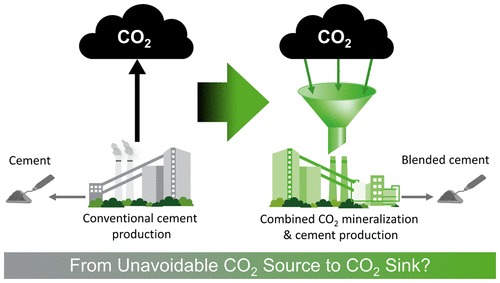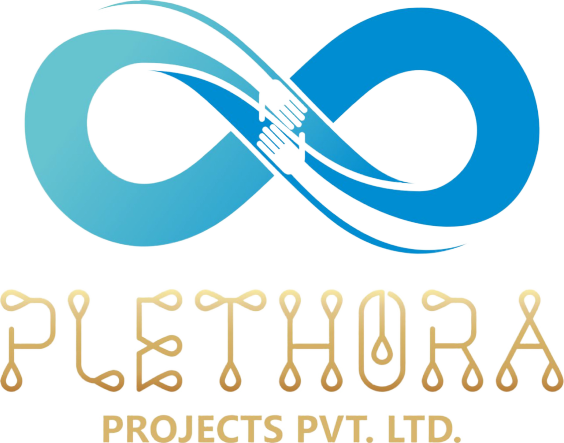
Blended cement is made by mixing Portland cement with supplementary cementitious
materials (SCMs), such as fly ash from coal combustion in electricity-generating plants or
blast furnace slag from iron-making plants, at temperatures of approximately 1400–1500°C.
One or more additives are blended together during the production of blended cement.
Advantages of blended cement
Typically requires less water to reach the same level of a slump—a metric of
consistency—than concrete made entirely of Portland cement.
Increases the fresh concrete’s workability, making it simpler to install and finish.
Using less water also results in less permeability and shrinkage.
Help concrete gain strength over the long term. Silica fumes can shorten the cure
time and speed up the development of strength.
Reduced heat of hydration and thermal cracking risk
Reduces thermal stresses and hydration heat.
Decreased cost of concrete as a whole
The cost of the concrete is typically lower when mineral supplements are used in
place of Portland cement because they require significantly less processing.
Types of Blended Cement
1. Portland-Slag Cement
Blended cement is also referred to as Portland Slag Cement (PSC). In essence, slag is a
non-metallic product made up of silicates and alumina-silicates of lime with more than
90% glass content. Among its attributes are;
Comparing concrete’s compressive strengths to those of OPC, they are higher
Concrete with a higher flexural strength has a stiffer structure and experiences fewer
load deflections.
low permeability reduces the ingression of harmful substances like chlorides and
sulphates
2. Portland-Pozzolan Cement
Blended cement is also referred to as Portland Slag Cement (PSC). In essence, slag is a
non-metallic product made up of silicates and alumina-silicates of lime with more than
90% glass content. Among its attributes are;
Comparing concrete’s compressive strengths to those of OPC, they are higher
Concrete with a higher flexural strength has a stiffer structure and experiences fewer
load deflections.
low permeability reduces the ingression of harmful substances like chlorides and
sulphates
because there are fewer greenhouse gas emissions.
3. Portland-Limestone Cement
The carbon footprint of Portland-limestone cement (PLC), a blended cement with a
higher limestone content, is reduced by 10% on average while maintaining the product’s
functionality, measurements, and performance. In mixed designs, it is utilized similarly
to conventional Portland cement. Any Portland Cement manufacturing facility can
produce it. PLC contains between 5% and 15% limestone, as opposed to the up to 5%
that ordinary Portland cement (OPC) may contain. Among its attributes are;
increases toughness
outstanding positioning and finishing skills
Improved shrinkage and hydration heat
improved strength and setting performance
4. Ternary Blended Cement
Ternary is composed of three different cementitious materials. Its features include;
High strength
Corrosion resistance
ASR resistance
Elimination of thermal cracking
Low permeability
Sulphate resistance


